The quirky, happy, and magical love story between objects of function and fun, colours a world that nourishes, comforts, and delights. Sometimes, indulging in playfully irreverent and delightfully absurd ideas, and exploring them further through craftsmanship, materiality, and utilitarian product designs, beget creative joy and inspiration. Akin to the simple delights of watching a sunset with your best friend or the fresh smell of laundry, the pluralistic, pleasant forms of interacting with whimsy and unpredictability, in the multihued realm of design, lets creators just be—intuitive, happy, excited and in turn, infinitely creative, leading to objects that dance in dichotomies and celebrate differences through atypical and surprising use of colours, forms, intent, and aesthetics, all while finding roots in the unexpected.
From anthropomorphous wicker chairs to singing furniture pieces, STIR recollects fun contemporary designs produced this year which held quirk, humour, unpredictability, and whimsy at heart; functional objects that performed at the merry intersection of design, play, and creative intellect; and the ones that purposefully and playfully strayed away from taking themselves too seriously.
1. Hemmo Honkonen’s Audible Collection serenades with melodious tunes
Honks, hums, cuckoos, clashes, and bass triads—these naturally occurring sounds and mechanically produced melodies are seldom integrated into product designs. A combination of the two, augmented by the integration of play, is capable of begetting objects not just aesthetically pleasing, but also, sensorially arresting. Hemmo Honkonen, a designer based in Finland, conceived the Audible Collection comprising a series of furniture designs that emit sound when mechanical pressure or weight is applied to them, straddling music. One can sit on the Audible Chairs and strut their waist to produce tunes and melodies, open and close the cabinet doors at different speeds to replicate the sound effect of cymbals and string instruments or tap on the Cuckoo toys, for them to burp audibly.
“The inspiration behind Audible Collection comes from my educational background and my passion towards furniture design and musical instruments. I wanted to combine those two worlds and create something interactive and fun yet functional,” the Finnish designer relays.
2. The Office of TNT turns NYC’s discomforts into playfully irreverent homeware objects
Diverse. Madcap. Resilient. The strangely dystopian yet charming city of New York seems like a simulation sometimes—it is perplexing how unfazed subway commuters remain when a shoe-sized rat streaks past with a pilfered slice of pizza, or by people cursing at no one in particular—most hurry past it all, preoccupied and unaffected. What would it be like to translate these absurdities into objects of everyday use?
Product designers Tian Wang & Teague Miller (Office of TNT) tapped into these very lived spectacles for their NYC Series 2023, a furniture and homeware collection “inspired by the things we all dread in NYC; stepping on dead rats, train poles coated in unknown substances, and scaffolding that’s been up longer than you’ve been alive,” they share. Comprising a plastic yellow steel lamp design referencing the vertical handrails of NY’s subway trains, a rangy aluminium shelf mirroring the city’s omnipresent scaffolding, and a cartoonish woollen rug design resembling a rodent symmetrically flattened by a car, the collection turns into functional objects, the riling and unpleasant things that most New Yorkers are privy to.
3. 'Poêle' Collection by Alessi x Philippe Starck coalesces metal, mastery, and humour
The Poêle Collection, named after the French word for 'pan,' serves as a homage to the humble steel frying pan—a common kitchen item transformed into sophisticated pieces of furniture. It emerged as a whimsical tribute to the partnership of two visionaries: French designer Philippe Starck and Italian design home, Alessi. What began as a light-hearted joke between the long-time collaborators evolved into Alessi's impressive debut collection of furniture designs consisting of a chair, a coat hanger, and a stool design realised primarily in stainless steel.
“The Poêle collection started as a joke," confesses Alberto Alessi, president of Alessi. The idea took shape during a conversation that has been two decades in the making—an exchange between Starck and Alessi on the possibility of crafting a chair that mirrored the manufacturing process of a steel frying pan, utilising Alessi’s advanced cold-press metal technology. As with many of Starck’s endeavours, it all began with a subversion, a playful twist that laid the foundation for a collection that elegantly combines the most beautiful symptoms of human intelligence: humour and technology.
4. Isabella Lobkowicz's 'Almost 100 chairs' playfully pokes at human traits
“In a way, design is still interestingly conservative. Mostly, I just want it to be fun,” says Isabella Lobkowicz, an Italian designer, scientist and engineer based in London. Her curious mind found itself wondering how the swarms of chair designs rarely take into consideration the characters who will use them. “Will all human characters—with all their nuances—be satisfied by the very same backrest, four legs and seat? I don’t think so,” she muses. With this seemingly simple thought began an expedition of modifying chairs how we know them—altering their limbs and elements to fit the user like a glove. 96 illustrations, a collection of simple, childlike drawings colour the 96 pages of a Moleskine notebook, soon turning into a book published by Moleskine titled Almost 100 chairs for 100 people.
Lobkowicz now embarks on a voyage to make the dream of sitting on these chairs a reality. She kicked it off with a commission of 10 prototypes of ‘A chair for ...’: the holy, the cautious, the bodybuilder, the voyeur, the underdressed, the classy, the undecided, the royal, the parent and child, and the goth. She continues to expand this repository and capture these awfully relatable characters in her innocent yet clever furniture pieces.
5. Supertoys Supertoys injects imagination into reality with Flower collection
Rotterdam-based Supertoys Supertoys, helmed by Dutch-German art duo Merle Flügge and Job Mouwen, is fuelled by their quest for what they like to call "radical cuteness." With an extensive repository of limited edition collectable objects, art furniture and light sculptures, the duo is known for their whimsical, playful and joyful objects, cleverly employing a variety of digital design and fabrication methods. Taking a hybrid between flowers and animals as a conceptual starting point, the designers craft the Flower collection, a series of furniture, lighting designs, and sculptural objects that aim to radiate joy and fill spaces with positivity.
“We imagined a parallel world where these playful, cute flowers live in groups, always looking at the sun and following it, just like sunflowers here. These flowers are happy creatures, they bring happiness and joy into your home,” the duo share.
6. Chris Wolston's ‘Nalgona’ merges human anatomy with the ergonomics of chairs
“Humour and liveliness are inherent to my practice. Humour serves as a conduit for generating dialogue with the material,” states American artist and product designer Chris Wolston. He designs an intriguing collection of wicker chairs that serve as a tangible embodiment of his ideology, including a series named Nalgona. The materiality and craftsmanship of the chairs pay tribute to the abundant tradition of mimbre, or wicker, and the rich cultural tapestry that defines South America's artistic landscape. This collection is the creative union of ergonomics and anatomy, where Wolston skillfully combines the practical form of a chair with the postures and gestures most attributed to those of a human body. Every chair design has its own version of 'arms' and 'legs' that strike dynamic stances, conjuring a vibrant feeling of life and imminent movement.
7. Into the low-resolution, 8-bit ceramic delights of Japanese artist Toshiya Masuda
Japanese artist Toshiya Masuda joyously intertwines the virtual world with the real one, by transforming everyday objects into pixelated ceramic sculptures resembling video game graphics from the 1980s, or computer images of very low resolution. By combining unexpected digital elements with tangible objects, the ceramic artist’s works attempt to make people reflect on, and challenge their preconceptions about the potential of ceramic as a material medium.
Evoking nostalgic imagery from bygone periods of playing low-quality video games, Masuda's carved clay products delightfully range from rollerblades and sneakers to alcohol bottles and boom boxes. Ceramic blocks are chiselled to mimic stacks of bricks, gradually taking on the appearance of commonplace objects, with their frequently hazy and indistinct aesthetics intentionally reproduced. Despite their seemingly ‘low-resolution’ appearance, the Masuda’s ceramic art has a variety of small-scale extrusions and delicate details that demand attention.
8. Mattias Selldén crafts atypical sculptural furniture that wait to break into movement
Can instinct guide the making of creative objects that serve abstraction and function in tandem?
Mattias Selldén is a Stockholm-based artist and furniture designer whose practice resides at the intersection of crafts, art and design. Exploring the unlabelled spaces between these conventional categories, the Swedish artist’s works are primarily manifested in wood and are materially-led, technique-driven and sculpted by hand. According to him, his oeuvre, albeit enrobed in a rather abstract character, is “not very conceptual at all, and to a very high degree, practical.”
With tools, lumber and paint within arm’s reach, Selldén thinks with his hands, breathing life into colourful, wooden furniture and sculptural designs. What binds them together, is an element of life within every piece—they seem as though mid-move, with slayed arms and legs, invitingly leaning forward, waiting to break into a dance, or casually walking away at a moment's notice. The raw, unfiltered minimalism of the alien creatures is complemented by a colour palette that demands attention. These whimsical objects propose a refreshing (re)definition of functionality that defies the linearity and conventional aesthetics and approach to design.
9. Carmen D’Apollonio crafts anthropomorphic lamps imbued with familiar human postures
Early this year, a collection of bronze-tinted ceramic lamps titled I'm Not a Shrimp adorned the Los Angeles-based Friedman Benda Gallery with its intuitive, carefree, tongue-in-cheek sensibility. One can't help but notice the striking resemblance of the droopy and spasmodic lamps with the surrealistic painting The Persistence of Memory (1931) by Spanish artist Salvador Dali. Created by Carmen D'Appollonio, these anthropomorphic lamps succinctly replicate the figures and gestures of humans, prompting viewers to contemplate whether they hold stories of their own.
Born in Zurich, Switzerland and currently based in Los Angeles, D'Apollonio is a self-taught ceramic artist who describes her 'straightforward' works through the medium of clay, often infused with a touch of humour. Specifically, her approach to sculptural lighting designs emphasises the harmonious blend of artistry and utility within irregular and surprising ceramic designs.
What’s NEXT?
Perhaps, one of the ways to confront the heaviness that plagues us often, of information overload and de-sensitivity, is through indulging in uplifting designs that nurture and create idyllic pockets of living—through gentle, peppy interventions of colour, happy, atypical forms that generate dynamic movement, or even fun, explorative integrations with other creative disciplines such as music. Resourcefully building an ecosystem enriched with delightful, surprising, and joyous moments vis a vis whimsical design beings, is an admirable feat, an act of conscious positivity, one that could be considered or necessitated as one of the parameters of creating functional objects that surround us daily.
As we head towards a fresh year, what do you think are some ways that design can keep combining creativity, functionality, and user experience, with a dash of quirk, whimsy, humour, and joy?
STIRred 2023 wraps up the year with compilations of the best in architecture, art, and design from STIR. Did your favourites make the list? Tell us in the comments!
- American Artist
- Art and Design
- Art Furniture
- Best of 2023
- Brooklyn
- Carpet Design
- Ceramic
- Ceramic Art
- Ceramic Artist
- Ceramic Design
- Chair Design
- Clay
- Contemporary Design
- Contemporary Designer
- Craftsmanship
- Digital Design
- Finland
- Finnish Designer
- French Designer
- Furniture Design
- Furniture Designer
- Homeware
- Italian Design
- Italian Designer
- Italy
- Japan
- Japanese Art
- Japanese Artist
- Japanese Designer
- Lamp Design
- Lighting Design
- Lighting Designer
- London
- Los Angeles
- Lounge Chair
- New York
- Product Design
- Product Designer
- Rug Design
- Sculptural Art
- Sculptural Artist
- Sculptural Design
- Stainless Steel
- STIRred 2023
- Stool Design
- Sweden
- Swedish Designer
- Switzerland
- Table Design
- United Kingdom
- United States
- Wooden Furniture






 Sign in with email
Sign in with email


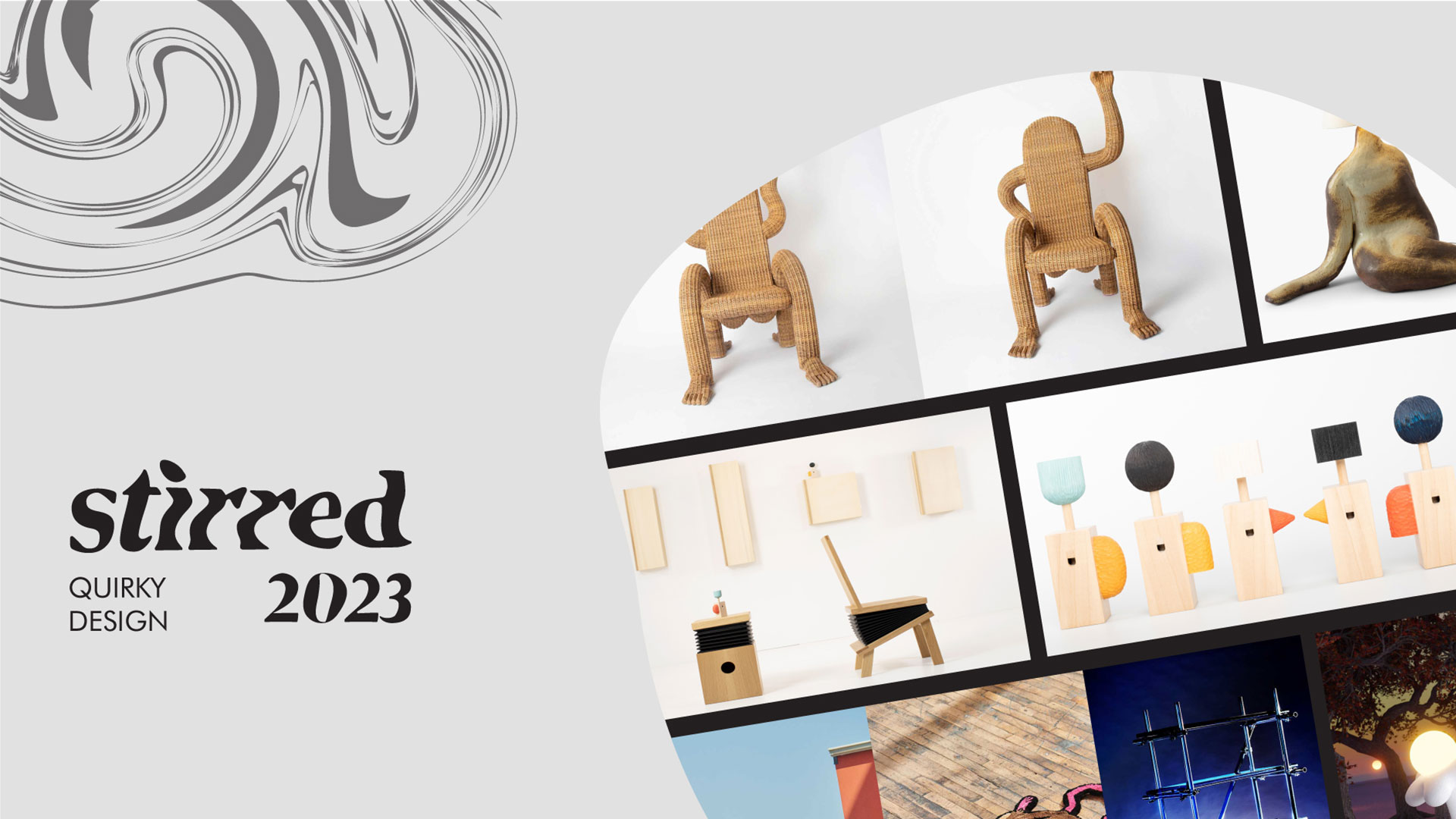
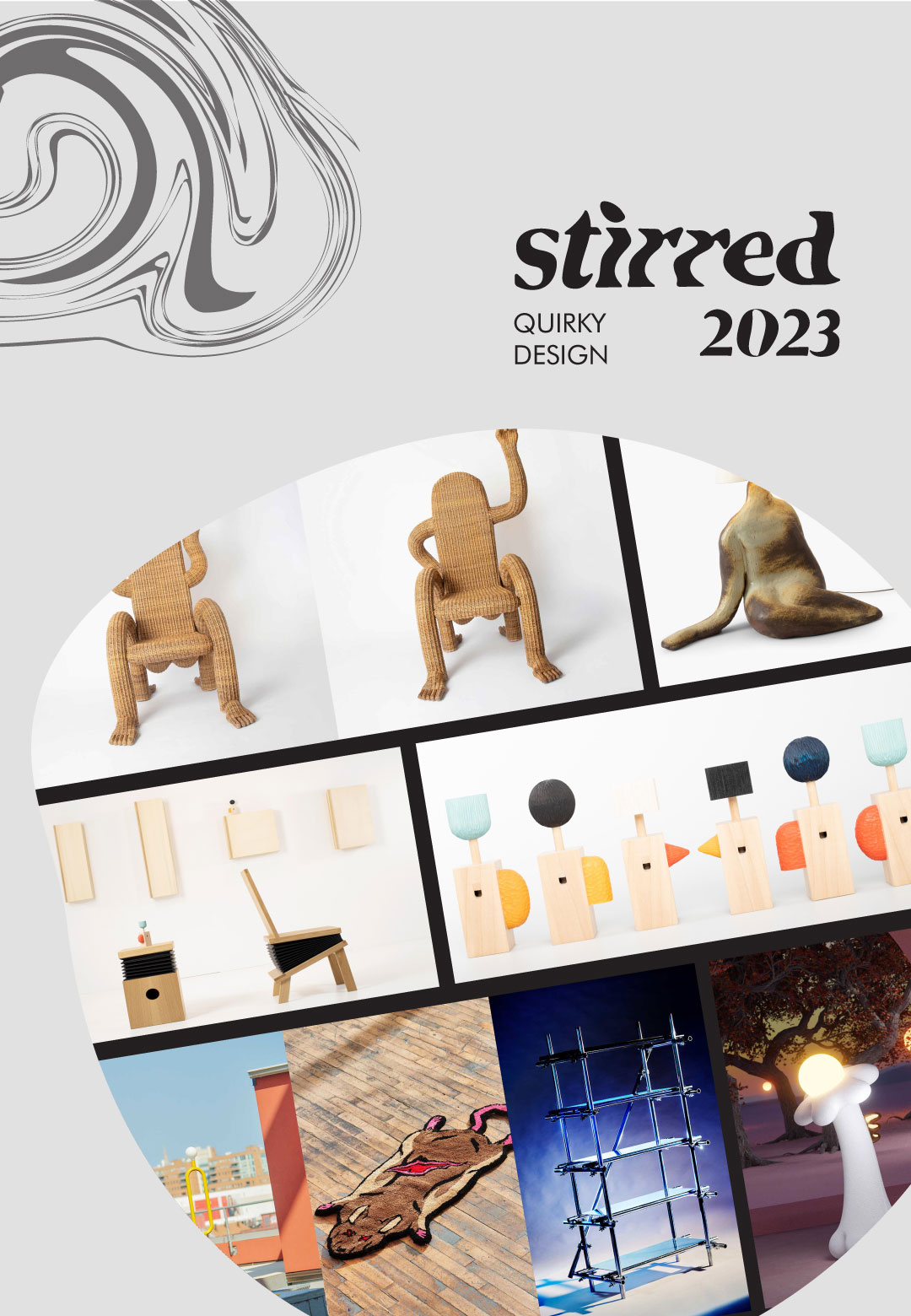
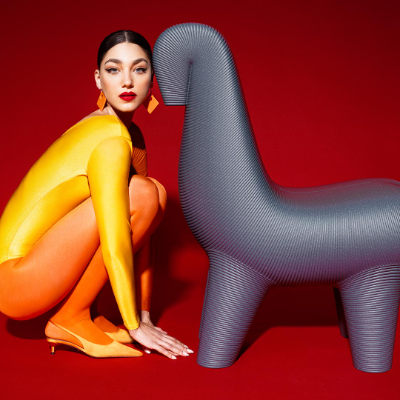
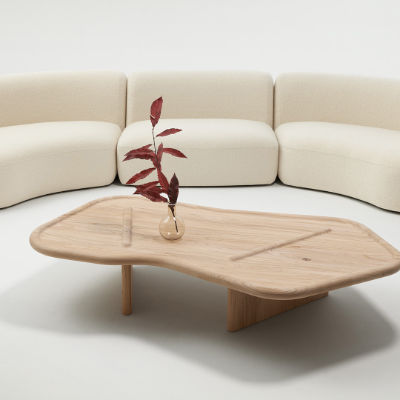
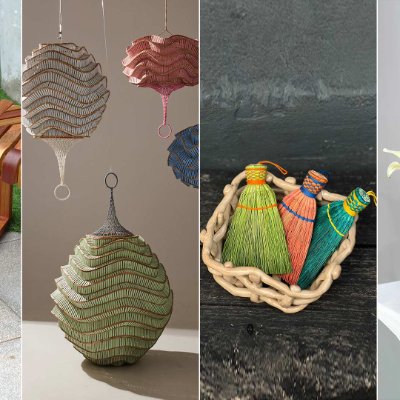
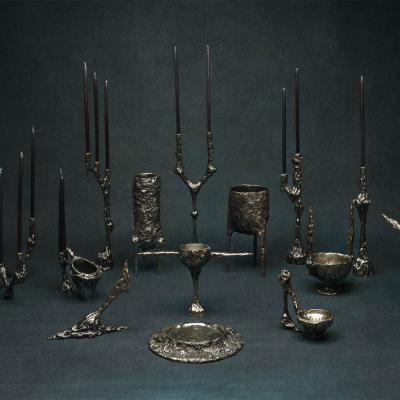
What do you think?